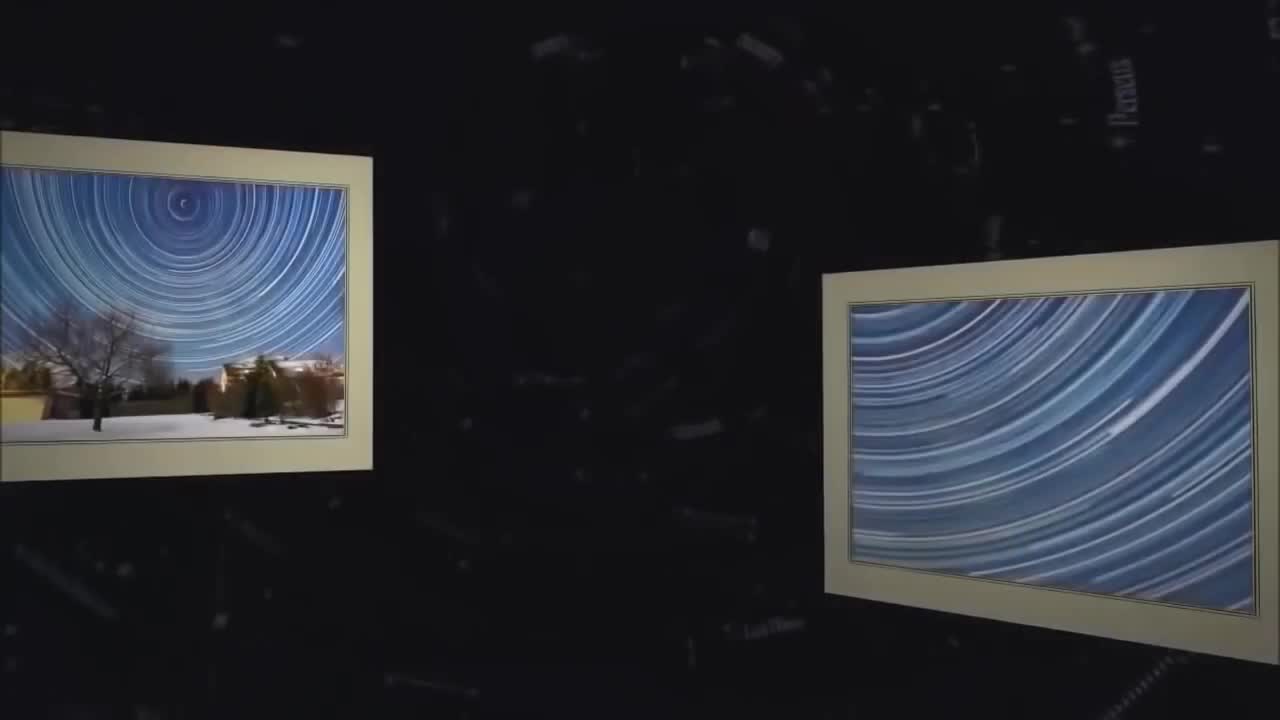Premium Only Content

How the Southern Stars Work on Flat Earth
Earth is a level motionless plane with the Sun, Moon and stars revolving over and around us just as you experience every day. The North Pole is the magnetic mono-pole center-point with Polaris, the North Pole star situated directly above. Polaris is the only motionless star in the heavens with all the other constellations revolving perfect circles over the Earth every night. The so-called "planets," known to the ancients as "wandering stars," were named such because they were observed then as we can observe today to wander the heavens taking their own unique spirograph-like patterns making both forward and retrograde motions over and around the Earth during their cycles. Meanwhile the "fixed stars" were named such because they were observed then as we can observe today to stay fixed in their constellation patterns night after night, year after year, century after century, never changing their relative positions. If Earth was truly a tilting, wobbling, spinning space-ball as NASA and modern astronomy proclaim, rotating 1000mph on its axis, revolving 67,000mph around the Sun, spiraling 500,000mph around the galaxy, and shooting off several million more mph through the universe, the star patterns would never look the same two nights in a row, let alone be fixed in exactly the same constellations for thousands upon thousands of years!
The reality is that the Earth and Polaris do not move, while everything else in the heavens revolves over Earth and around Polaris East to West like in a planetarium dome. Our Earth planetarium, however, is so vast that perspective won't allow any observer to see all the stars simultaneously from any one vantage point. We can see Polaris, Ursa Major/Minor and other Northern constellations from every point North of the equator simultaneously, but conversely cannot see the so-called South Pole Star - Sigma Octantis, the Southern Cross or other outer constellations simultaneously from every point South of the equator, because they all sweep over a great southern arc from their rise in the evening to their setting in the morning. Facing North, the stars turn counter-clockwise, from right to left, facing South they turn clock-wise, from left to right, facing East they rise in front and set behind, while facing West they rise behind and set in front. So their apparent motion, angle and inclination changes depending where you are on Earth and what direction you are facing, but their actual movement is always East to West.
-
 7:12
7:12
EricDubay
20 days agoHow do Seasons Work on Flat Earth?
3.42K7 -
 LIVE
LIVE
Film Threat
4 hours agoBEST AND WORST OF 2024 + SQUID GAME SEASON 2 | Film Threat Livecast
443 watching -
 1:06:04
1:06:04
The Big Mig™
18 hours agoGlobal Finance Forum Powered By Genesis Gold Group
5.3K2 -
 34:38
34:38
Tudor Dixon
2 hours agoThe Changing Landscape Between Tech and Politics with Mike Benz | The Tudor Dixon Podcast
12.5K1 -
 2:23:58
2:23:58
Matt Kohrs
13 hours agoRumble's Stock Is EXPLODING!!! || The MK Show
60.9K6 -
 1:57:47
1:57:47
LFA TV
16 hours agoBOMBSHELL FINAL REPORT: BIDEN ADMIN SUPPRESSED WUHAN LAB LEAK | LIVE FROM AMERICA 12.27.24 11am EST
24.8K4 -
 43:07
43:07
Grant Stinchfield
2 hours ago $1.07 earnedWe Built it... China Controls it... Trump Will Take it Back!
7.16K7 -
 35:05
35:05
Rethinking the Dollar
2 hours agoTime to Pay the Piper! Debt Refinance Crisis Coming in 2025
17K1 -
 52:34
52:34
PMG
15 hours ago $3.81 earnedHannah Faulkner and Steve Friend | EXPOSE THE FBI CORRUPTION - KASH PATEL
12.1K8 -
 2:58:58
2:58:58
Wendy Bell Radio
8 hours agoOn Day One
80.4K73